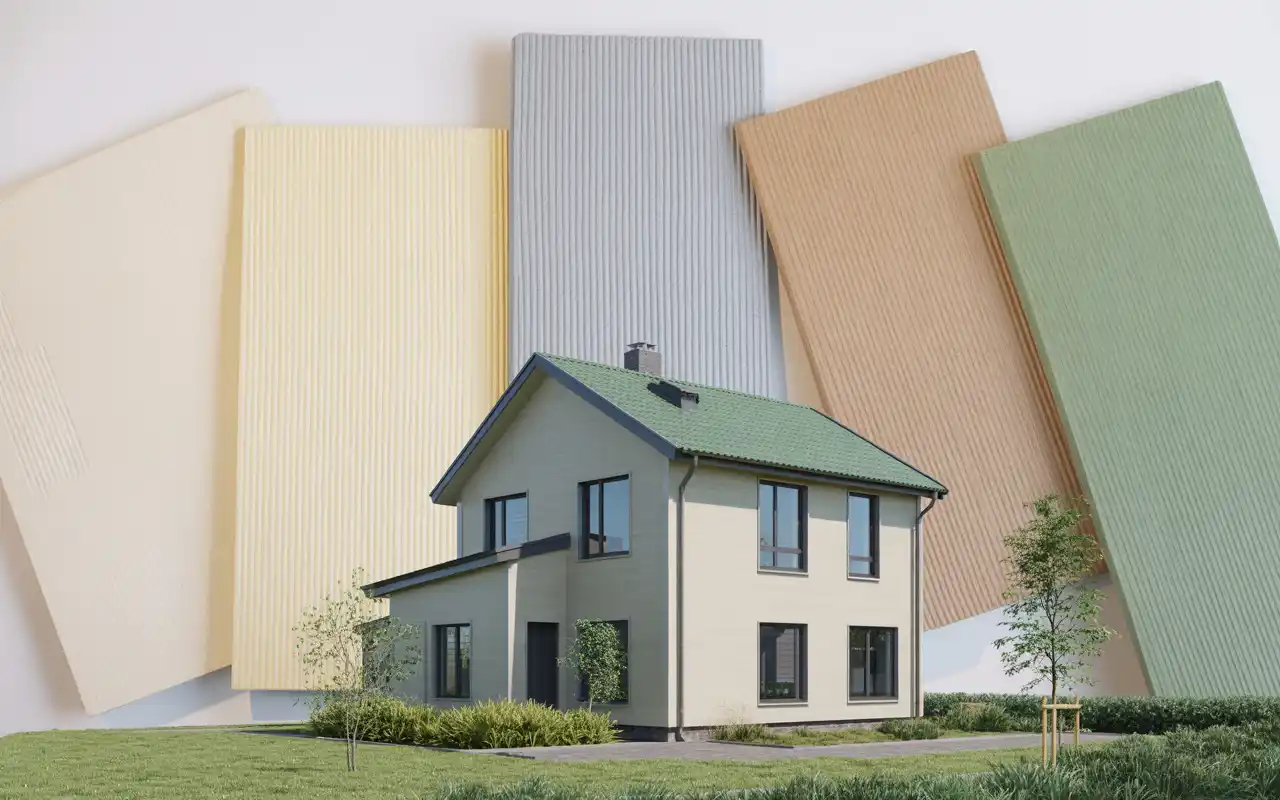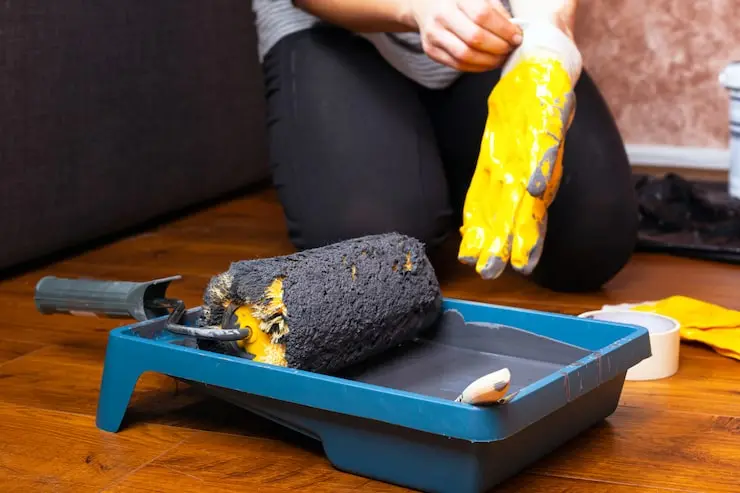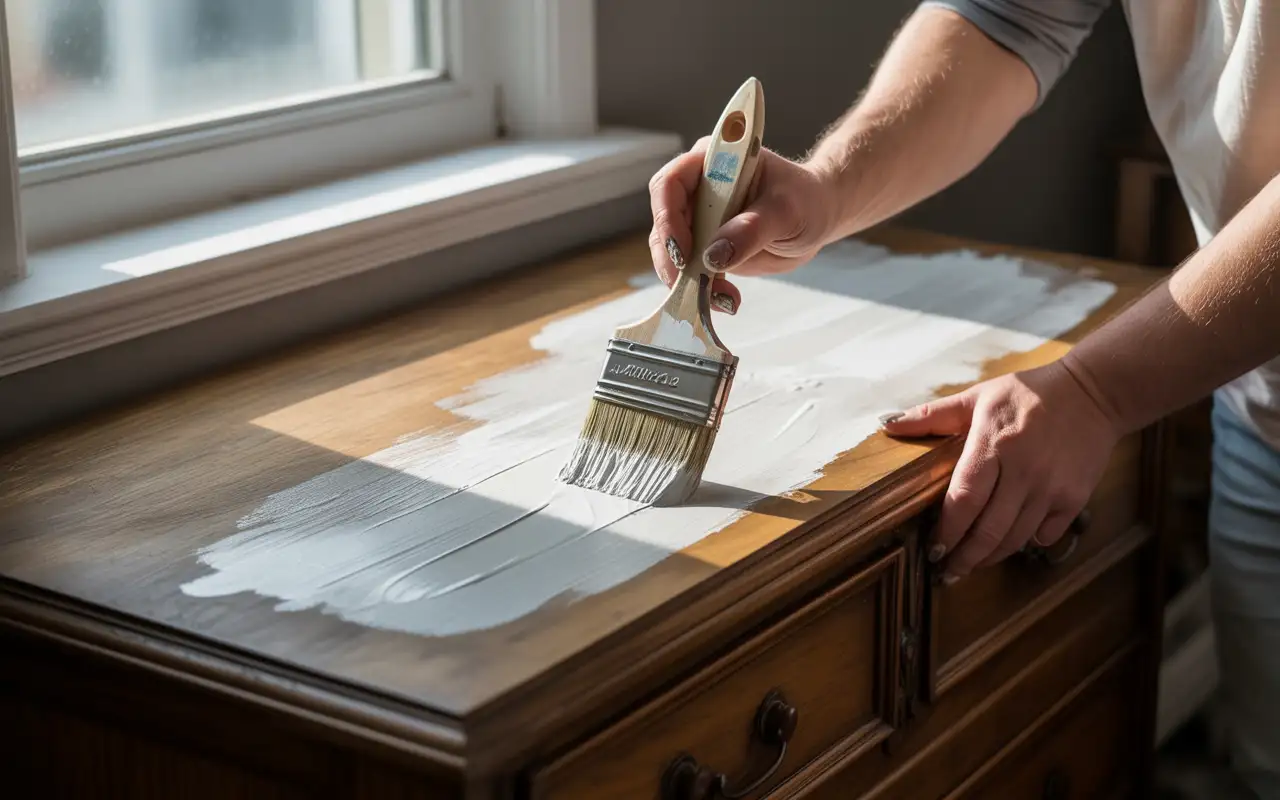Let’s keep it simple: water extraction is exactly what it sounds like—removing excess water from places it doesn’t belong, like your floors, walls, or basement. And yes, it’s every bit as important as it sounds. When water damage hits, fast action can literally save your home (and your sanity).
Table of Contents
What Is Water Extraction?
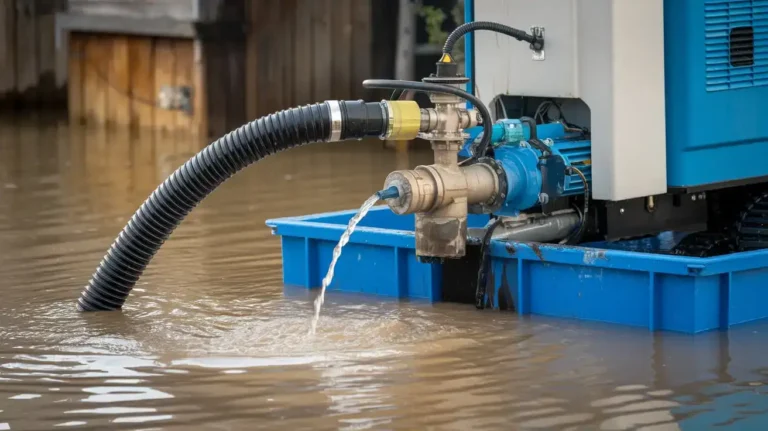
In plain terms? Water extraction is the process of removing unwanted water from buildings. That could mean your home, office, or any other structure that didn’t sign up to be a swimming pool.
The goal? Stop further damage, prevent mold growth, and make the space safe and dry again. Think burst pipes, heavy rains, appliance leaks, or even a good ol’ roof failure. It all leads to one thing: water creeping where it shouldn’t be.
Some common scenarios that call for water extraction:
- Flood water extraction after storms
- Pipe bursts in winter
- Overflowing washing machines (yeah, it happens!)
- Leaky ceilings or basement seepage
So when disaster strikes, water extraction services step in to remove excess moisture before it wrecks everything you love.
What Does The Water Extraction Process Involve?
Alright, so how does this magic actually work? Here’s what the typical water extraction process looks like:
1. Inspection & Damage Assessment
Professionals first assess the situation. They use tools to measure the amount of water and the areas affected (floors, ceilings, walls, and building cavities).
2. Water Removal (The Fun Part)
Using industrial vacuums, pumps, and a satisfactory water extractor (seriously, that’s what it’s called), the team starts removing excess water fast.
3. Drying and Dehumidifying
It’s not just about removing what you can see. Trapped moisture causes long-term damage and allergic reactions. So, pros use extractor water pumps and water extraction machines to dry those sneaky areas.
4. Disinfection & Sanitization
Post-drying, they clean the place using EPA-approved disinfection and sanitization products to kill bacteria, mold spores, and other unwanted guests.
5. Final Monitoring
A few follow-ups ensure everything stays dry and no hidden moisture resurfaces.
FYI: This process speeds up the drying process and reduces health risks. DIY isn’t always enough, especially in deeper structural issues.
Effects of Overextraction
Here’s where things get a bit scary – overextraction is like that friend who always borrows money but never pays it back. Eventually, there are consequences.
Environmental consequences include:
- Groundwater depletion – when we pump faster than nature can refill
- Land subsidence – basically, the ground starts sinking (yep, that’s a real thing)
- Ecosystem disruption – plants and animals suffer when water tables drop
- Impact on nearby wells – your neighbor’s well might go dry because of excessive pumping
The economic implications are huge. When groundwater runs low, extraction costs skyrocket. Communities end up spending millions on deeper wells or alternative water sources.
Long-term sustainability concerns keep environmental scientists up at night. Some aquifers took thousands of years to fill – once they’re gone, they’re not coming back anytime soon.
California’s Central Valley is a perfect example of overextraction problems. The land has sunk over 28 feet in some areas due to excessive groundwater pumping. Talk about a wake-up call!
Groundwater Extraction Laws
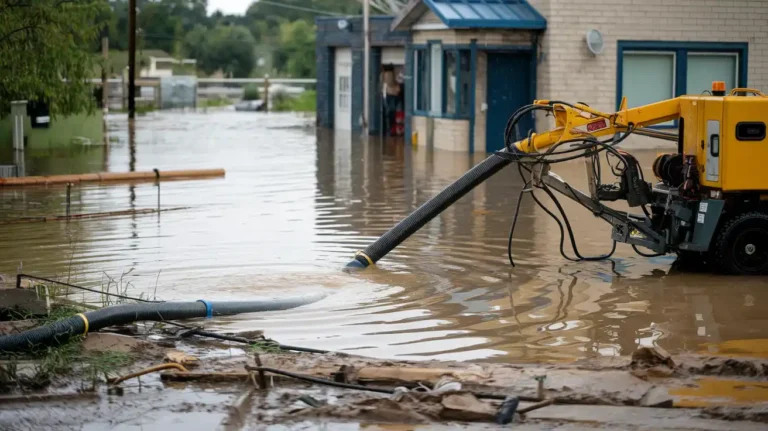
Yeah, you can’t just suck up all the water you want. Depending on your location, groundwater extraction is tightly regulated.
Many cities require:
- Permits for large-scale water extraction
- Regular monitoring of usage
- Limits on the amount of water extracted during droughts
If you’re in California? Let’s just say the laws are extra detailed. So if you’re not working with a water extraction company that knows local rules, you could end up paying fines on top of your plumbing bill.
Are Water Extraction And Water Mitigation The Same Thing?
Short answer? Nope. Not even close.
- Water extraction is about removing water from your property.
- Water mitigation is about preventing further water damage.
The two often go hand-in-hand. Think of extraction as mopping up the mess, and mitigation as making sure it doesn’t happen again. A good water extraction and remediation company will handle both.
The Importance Of Emergency Water Extraction After Water Damage
When water damage hits, you have a 24 to 48-hour window to act before things spiral out of control. Emergency water extraction isn’t a luxury—it’s a must.
Here’s why fast action matters:
- Prevent mold growth before it starts
- Avoid long-term structural damage
- Reduce health risks and allergic reactions from contaminated water
IMO, trying to handle a major leak or flood solo is like bringing a spoon to a sword fight. Call the water extraction experts and save yourself a massive headache.
Contact A Water Extraction Professional Today
Don’t wait until your carpet smells like a swamp—water damage doesn’t fix itself. When you call in a professional team like San Diego Home Remodeling, you’re not just getting a mop and a bucket. You’re getting trained experts, industrial-grade equipment, and the kind of experience that keeps your home from falling apart slowly.
From high-powered pumps to full water extraction and remediation, they handle it all. Most importantly, they’re quick to respond and know how to prevent long-term issues. For complete peace of mind, explore our Water Damage Restoration Services—because drying things out properly is a job best left to the pros.
FAQs
What is an example of water extraction?
Easy. Imagine a basement flood after a heavy rain. A team comes in with a flood water extraction machine, removes all the water, dries the area, and sanitizes it. That’s water extraction in action.
Why is water extracted?
Because water doesn’t belong in your drywall. It’s extracted to prevent mold, avoid structural damage, and keep things safe and livable.
What is cold water extraction?
This one’s a curveball. Cold water extraction is mostly used in chemistry or medicine (not homes), where compounds are extracted using cold water instead of heat. So, no, it’s not what we’re doing when your basement floods.

